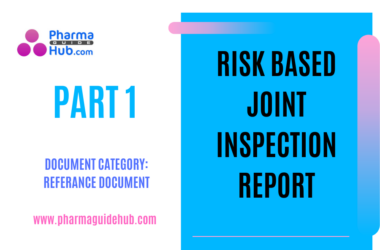Contamination and Hygiene

Contamination and personal hygiene are two critically intertwined concepts in the pharmaceutical industry.
Contamination refers to the introduction of any unwanted material into a pharmaceutical product or the manufacturing environment. This unwanted material can be physical, chemical, or biological. Physical contaminants could be things like hair, dirt, or fibers. Chemical contaminants could be cleaning agents, lubricants, or residues from previous batches of medication. Biological contaminants could be bacteria, viruses, or fungi.
Contamination of pharmaceutical products can have serious consequences, such as reduced effectiveness, allergic reactions, or even serious illness or death.
Personal hygiene practices are essential for preventing contamination in the pharmaceutical industry. Here are some key personal hygiene practices:
- Frequent handwashing: This is the single most important step to prevent the spread of contamination. Hands should be washed with soap and water for at least 20 seconds before and after:
- Handling any pharmaceutical product or equipment
- Entering a sterile area
- Using the restroom
- Blowing your nose, coughing, or sneezing
- Wearing appropriate clothing: Personnel in sterile areas should wear clean, lint-free garments that cover their street clothes, hair, and beards. This can include things like gowns, gloves, shoe covers, and hairnets.
- Maintaining good health: Employees who are sick should stay home to avoid contaminating products or equipment.


